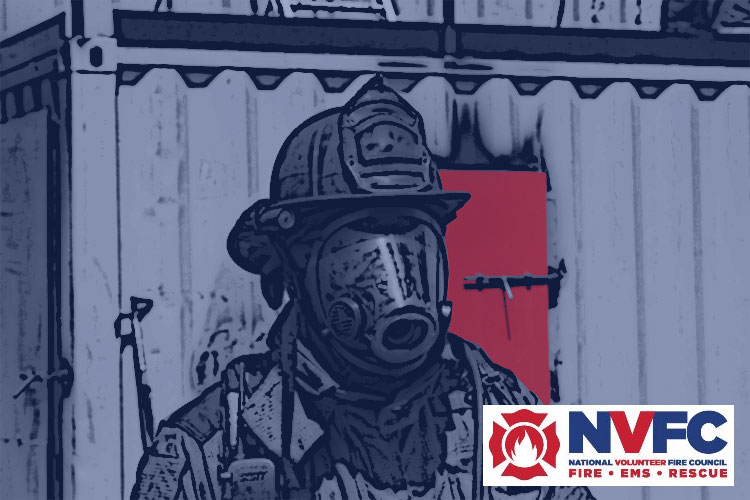Ideas for Just in Time Training for Firefighters

By Rachel Buczynski
Writing for the NVFC
Imagine you’re at the station getting ready to clean your gear and personal protective equipment (PPE). You remember hearing something recently about new research on best practices for washing your hood to reduce cancer risks. You open up your mobile phone and type “PPE hood cleaning” in your search engine.
You’ve just participated in Just in Time Training (JiTT).
With access to the Internet at our fingertips through mobile devices, quickly getting the information you need is easier than ever. Who hasn’t watched a YouTube tutorial for a home repair, posted a question in an online product forum, or downloaded a quick tip sheet for a new gadget? All of these strategies for self-instruction are based on the concept of JiTT.
Top Free Firefighter Training Resources for Fire Instructors
JiTT originated as a concept for teaching in which class participants received reading and lecture materials in advance, and class time was devoted to hands-on engagement and groupwork (Novak et al., 1999). The concept has expanded into the field of adult learning (including first responder training) to mean providing resources and learning options to people when and where they need them. While virtual on-demand training and webinars (such as those in the National Volunteer Fire Council’s Virtual Classroom) are an important part of an ongoing training and personal development plan, sometimes you need access to information immediately. One great example of a JiTT resource is Fire Engineering’s Training Minutes series. These short videos demonstrate tactical response techniques in less than 10 minutes and could be reviewed on-scene.
One reason that the JiTT technique is successful is that we learn best when we get to use what we’re learning. The shorter the turnaround time between learning and application, the better the results. JiTT also recognizes the needs of busy volunteers, who don’t always have a full hour to dedicate to a course but can spare 5-10 minutes while they’re at the station to learn a new skill they’ll use immediately. It’s a way to incorporate informal training into everyday activities.
Whether you are looking for ways to advance your own knowledge or in a training leadership role in your organization, the ideas below can help you use the JiTT concept to increase your capabilities, ultimately improving responder safety and success.
As a trainer:
- Set up a resource center for your department. This could be a shared file drive (such as Google Drive or Dropbox), regularly updated document, or hard copies of training guides. Clearly label items and communicate new additions to your department members regularly.
- Use QR codes. QR code popularity has surged in the last few years. Use an online QR code creator to make codes for various resources and guides, label and print them out, and post them around the department where they will be used. For example, put a tip sheet or short video on how to wash hoods in the laundry room.
- Provide notes and presentations in advance of training night and use the time for hands-on engagement. Adult learners need time to connect their past experiences and knowledge with new information. Send out slides, reports, and guides for fire department members to review before training night. Then, use your time together to quickly review the material and participate in engagement. This could include tactical and hands-on exercises as well as scenarios for soft skills development (such as practicing de-escalation techniques).
As a learner:
- Take notes and save them in an easy-to-access location. When you take an in-person training, webinar, or on-demand course, summarize the key points into a format that works for you. Put the notes where you’ll need them so you can access them when you’re performing the task you learned about. This way, you’re creating a JiTT tool for yourself to use in the future.
- Bookmark reliable sources for information. Find the resources that work for you and meet your department’s standard operating guidelines and bookmark them in your browser (or keep a file of links).
- Share what you find with others. You may be searching for answers to the same questions! Talk to your training officer about setting aside time during each meeting to share out quick tips and resources. Share your bookmarks list and notes with others.
Rachel Buczynski is passionate about creating impactful, accessible lifelong learning opportunities for everyone. As the National Volunteer Fire Council’s (NVFC) chief of training and education, she oversees the NVFC’s in-person and virtual training and educational activities, including conferences, webinars, and the Virtual Classroom. Rachel brings to this role over 15 years’ experience working with local, national, and international nonprofits on educational events and program development, including the NVFC and other fire service organizations. She holds a master’s degree in adult education and human resource development from James Madison University.

